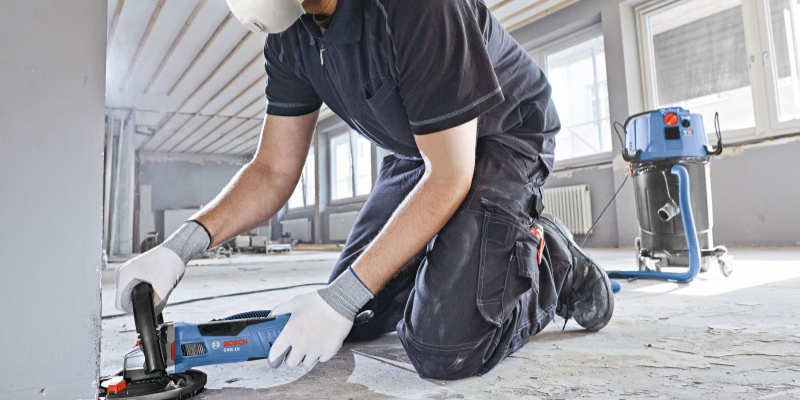An essential component of surface preparation and floor restoration is dust management. If not controlled appropriately, fine dust particles produced by using a metal bond trapezoid grinding tool or by concrete PCD grinding tooling operations can be extremely dangerous to one's health and safety, regardless of whether one is operating in a home, business, or industrial setting. For contractors and site managers, breathing in airborne dust, particularly silica dust, can result in long-term lung problems and legal liabilities.
To effectively manage dust, it's essential to use the right tools. Modern surface preparation equipment often includes built-in dust collection systems or attachments for industrial vacuum systems. These tools help capture particles directly at the source, reducing their release into the environment. Wet grinding with HTC diamond grinding heads is another effective method, where water is used to suppress dust during the process.

Government requirements must be without exception. Permissible exposure limits for airborne pollutants on construction sites have been set by organizations like OSHA. Contractors should use authorized equipment, give workers personal protective equipment, and train employees on safe procedures as part of a dust management plan in order to achieve these regulations.
Effective dust management not only satisfies legal requirements but also enhances on-site cleanliness and visibility, enabling more accurate work and cutting down on cleanup time. In later phases of floor restoration, clean surroundings can help coatings and adhesives adhere more effectively.